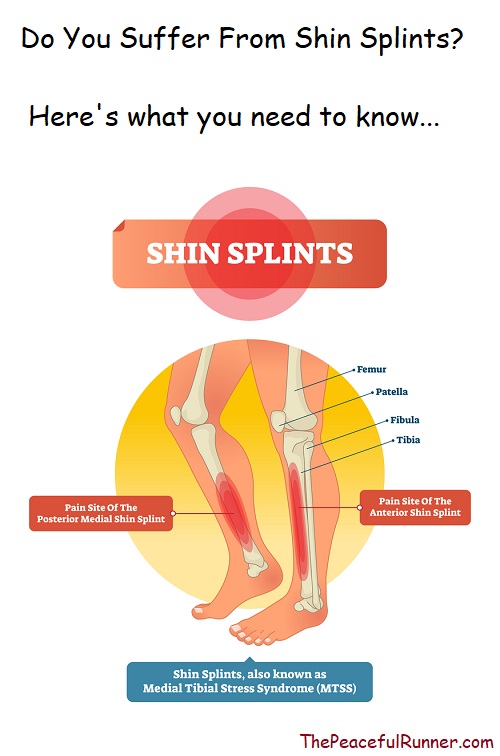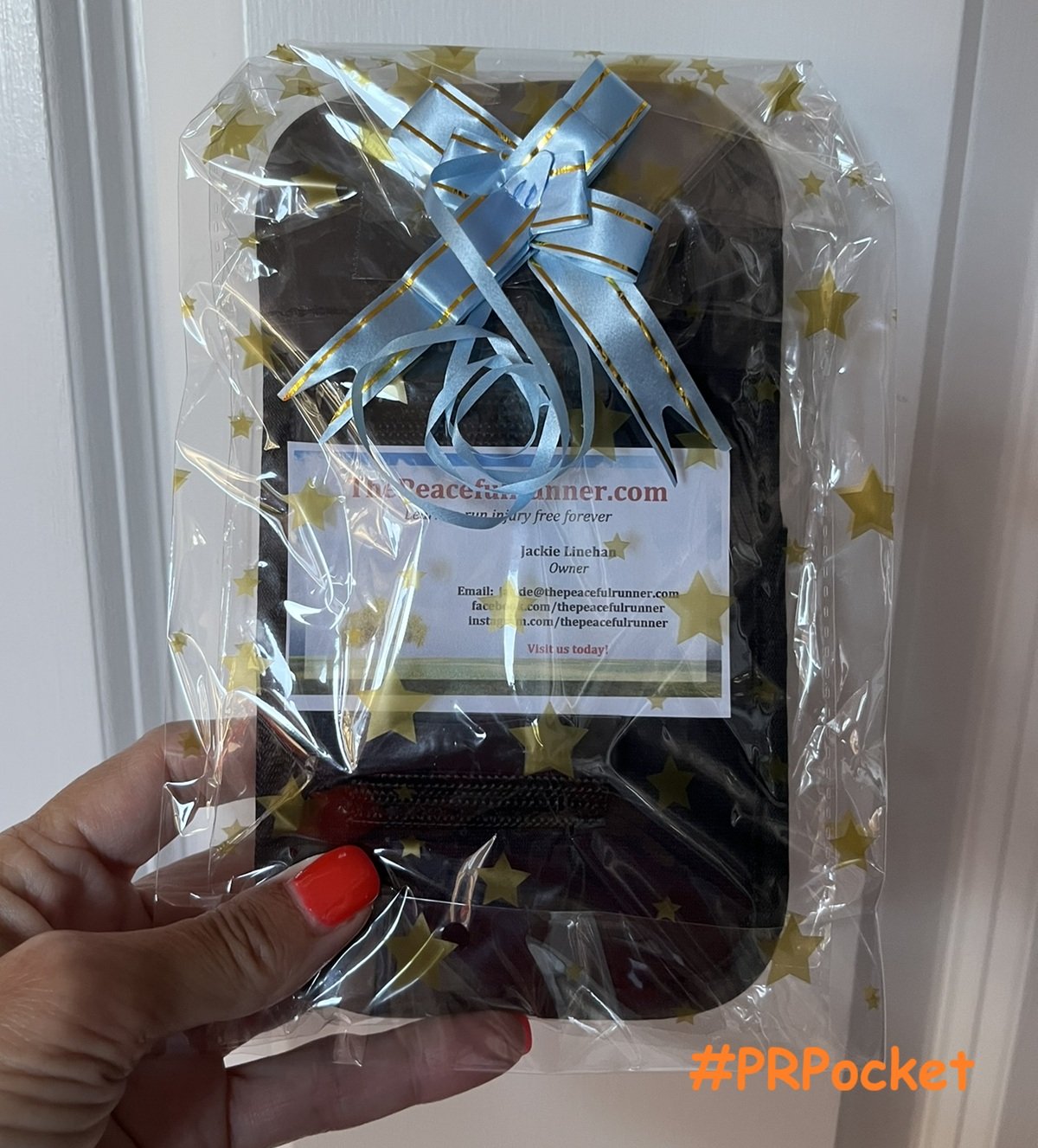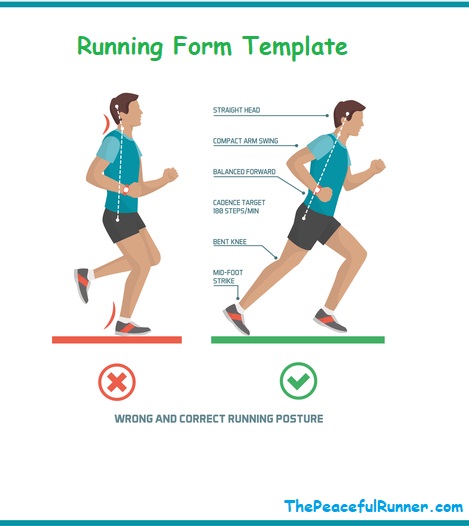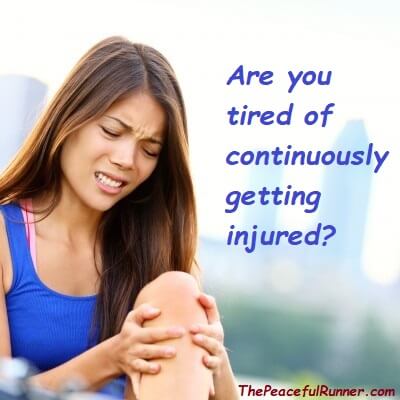- Home
- Running Injuries
- Shin Splints
Do You Suffer From Shin Splints?
Shin splints, also known as medial tibial stress syndrome, are one of the most common running injuries. Symptoms can vary from slight discomfort to severe pain in the front lower leg. In most cases, the muscles along the shinbone have become swollen and the shin bone or tibia is sore to touch.
At the onset of this condition, pain is usually only felt after a run. If the condition worsens, pain may be felt continuously while running and afterwards. If a runner ignores this condition and continues to run with shin pain, it may develop into a tibial stress fracture requiring many weeks of rest to heal and recover.
This running injury is not caused by soft tissue damage as was originally thought. Bone scans have produced evidence to indicate the presence of low bone density believed to have been caused by stress placed on the shin or tibia bone while running.
What Causes Shin Splints?
There are a number of possible causes of shin splints. Over-training is one of the most common causes. Check your running log to ensure you have not increased your training too quickly in intensity or quantity. Too much too soon is often the cause of this injury.
Biomechanics or an improper running form is another common cause. Check your running form and ensure you are not over-striding. Your feet should land directly beneath your center of gravity as your run.
Notice how your foot lands while running also known as your running foot strike. Heel striking can also contribute to this problem especially if the foot remains in a dorsiflex position (toes pointing up) longer than necessary. This contracts the shin muscles and causes tension in the area. If you are a heel striker, perhaps you may want to consider trying a forefoot or midfoot strike to reduce stress and tension on the lower legs and knees.
Other possible causes:
- An increase in downhill running
- Running on uneven or soft surfaces
- Tight calf muscles or Achilles tendon
- Over-pronation
- Over-striding (beginners appear to be more susceptible)
Treatments and Recovery
If the pain is severe, stop running. Rest and seek professional advice as it could develop into a stress fracture or chronic compartment syndrome if ignored. If you suspect a stress fracture, you may want to have an x-ray to confirm if a fracture exists. Fractures require immediate attention and running must cease completely.
Most cases of shin splints are not serious and the pain often disappears as the muscles relax during a run. There are a number of self-treatments you can try to ease the pain and correct the problem.
- Relax your lower legs as much as possible while running, especially your ankles and feet.
- Rest or cross-train, i.e. cycling, swimming, deep water running
- Avoid downhill running when experiencing pain
- Run on harder surfaces which provide more support until the muscles are strengthened
- Avoid running on uneven surfaces
- Listen to a Guided Running Injury Healing Meditation to speed healing.
- Use an anti-inflammatory to reduce swelling
- Ice the area to decrease inflammation and increase blood flow (see below)
- Stretch the front leg muscles, calves and Achilles (see below)
- To help you deal with the pain and to speed recovery, try the Tapping Solution also known as the Emotion Freedom Technique (EFT)
To ice the area, use a paper cup. Freeze water in the paper cup and then tear the top rim off the cup to expose some of the ice. Rub the exposed ice along your shin. The remaining part of the cup will keep your hand from freezing. It is recommended to ice for 10-20 minutes three times a day when pain is still present in the area.
Stretch the area by pointing and flexing your toes. Also try standing on stairs and while holding onto the rail, rising up on your toes (calf raises). While also standing on stairs with ball of foot at edge of bottom step, let one heel drop down and hold for 30 seconds (heel drop). Repeat with other foot. Repeat these exercises throughout the day. These exercises will strengthen and stretch the area, making it stronger, more flexible and will help ease the pain.
Increasing your strike frequency or cadence to 180 steps per minute will help reduce impact as your ground contact time is reduced. This of course reduces the stress on your bones and muscles thus reducing the risk of shin splints.
Running on a hard surface in minimal shoes helps to build strength and reduce leg stiffness. Soft surfaces and soft cushioned shoes have been shown to increase leg stiffness.
If you have suffered from shin splints, please share your story in the comments below. How long did you experience pain and what did you do to help speed recovery?
Back to Top of Shin Splints
Return to Are You Prone to Running Injuries?
- Home
- Running Injuries
- Shin Splints
FTC Disclosure: As an Amazon Associate, I earn from qualifying purchases. Learn more
NEW FEATURE - DISQUS COMMENTS!
Login using Facebook, Twitter, Google or Disqus.
Recent Articles
-
Winter Running Tips and the Best Waterproof Running Shoes
Nov 15, 25 01:55 PM
-
When the Music Stops, Awareness Begins
Nov 05, 25 10:54 AM
-
Get yours in time for gift giving!
Oct 24, 25 12:32 PM
-
Change How You Deal with Running Pain
Oct 10, 25 08:53 AM
-
Surprising Benefits of Backwards Running
Sep 15, 25 12:40 PM
-
It's an Awesome Product!
Aug 28, 25 09:25 AM
I went out for a walk this morning and I used the #PRPocket for the first time. I had to check at least 3 times because I thought I lost my phone (iPhone -
Running in Hot Weather: What Every Runner Needs to Know!
Aug 14, 25 01:00 PM
-
Sick of Dieting? You’re Not Alone — And There Is a Better Way.
Jul 30, 25 12:18 PM
-
Tips and Drills to Improve Your Running Cadence
Jul 25, 25 12:52 PM
-
Give Yourself a Self-Myofascial Release at Home with a Foam Roller!
Jun 28, 25 07:19 AM
























